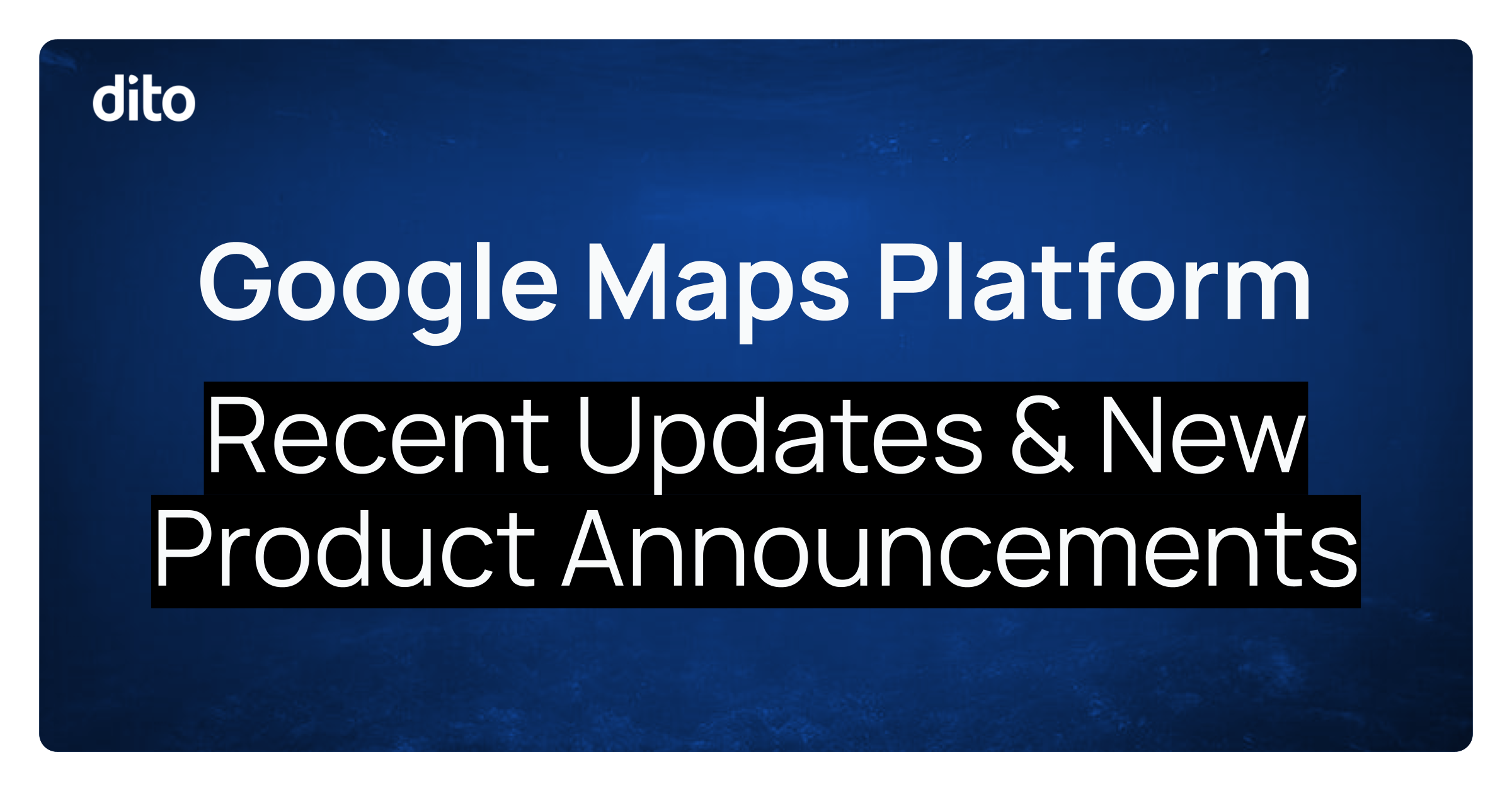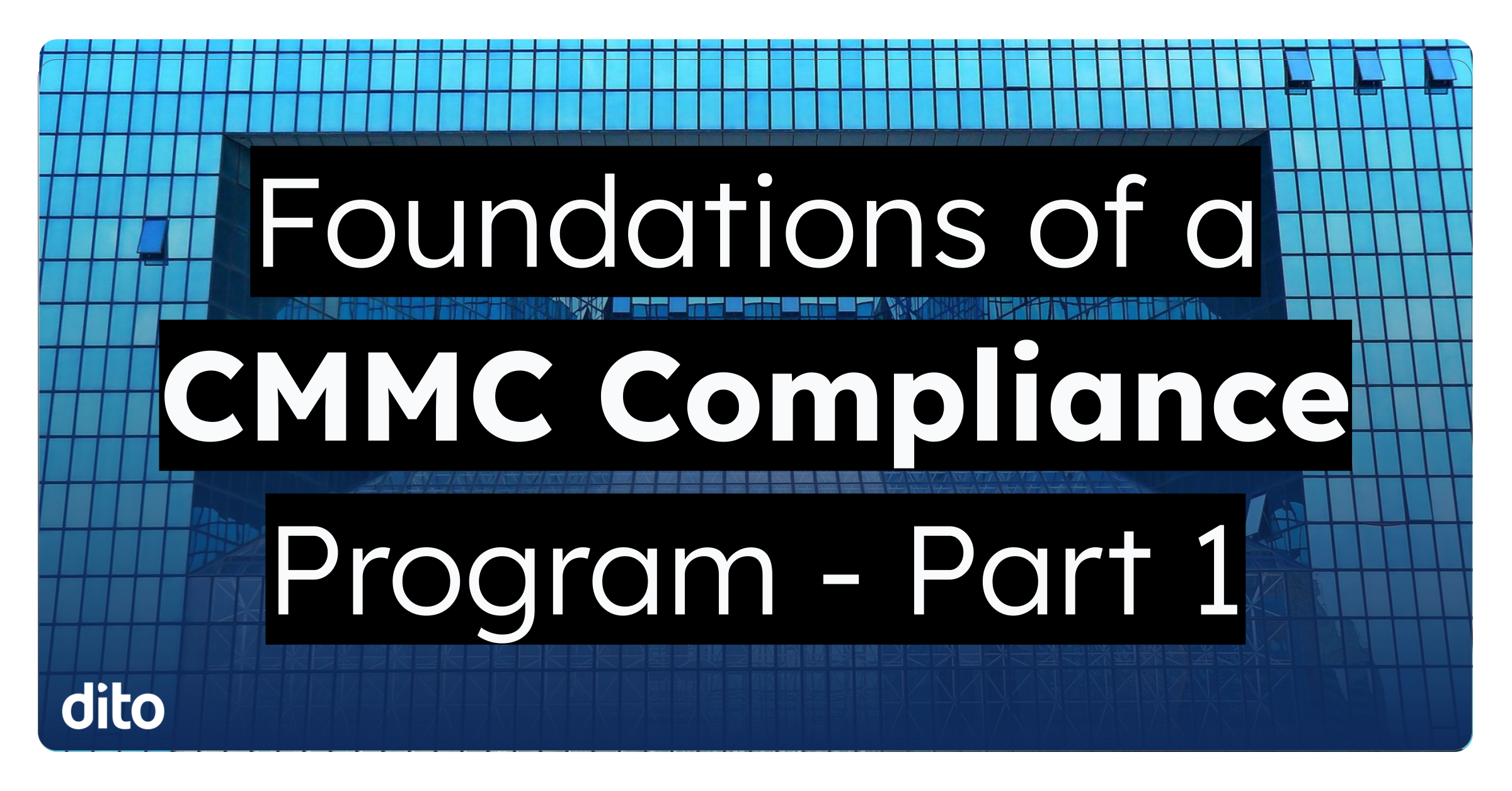Google Maps Platform I/O Recap: 3D Maps in JavaScript, Gen AI for Places, Enhanced Support for React Applications, and Autocomplete (New) is now GA
Google is continuing its efforts to bring new and enhanced capabilities to the Google Maps Platform. In this post we look at some of the latest developments, including those recently announced at Google I/O, that enable you to bring more engaging and innovative geospatial experiences to your users faster and easier.
Photorealistic 3D Maps in JavaScript
In order to make it easier to create immersive mapping experiences Google has announced the experimental release of Photorealistic 3D Maps in the Maps JavaScript API. The Maps JavaScript API is the longstanding API and is the first many people leverage from Google Maps. One of the top developer requests has been to enable a Google Earth-like 3D experience directly through the Maps JavaScript API.
With 3D Maps in JavaScript your developers can focus on building applications and less time selecting a renderer or building capabilities. 3D Maps unlocks Google’s extensive coverage of high-resolution imagery and incorporates Places data and labeling familiar to users to create engaging 3D visualizations.
Like other Maps Platform features, 3D Maps was designed as a web component for easier development using HTML or JavaScript. You can overlay and style features such as polygons and polylines and extrude features to make them three dimensional. Further customization is enabled through flexible camera controls and event listeners.
These features can be used to create an even more dynamic experience by allowing you to orient the maps around specific locations, create a guided exploration within the 3D environment, and respond to user interactions.
View the documentation and check out the demo to learn more.
Gemini Model Capabilities for Places API
With the integration of Google’s generative AI model Gemini for Places API, you can now generate summaries of places and areas such as restaurants, shops, tourist attractions and parks. These summaries make it easier for users to quickly find the places they’re looking and better understand what else there is to do nearby by providing information on what shopping, restaurants, and attractions are close by without having to write custom summaries for each location.
Furthermore, with AI-powered contextual search results, users can better understand why they are seeing particular search results by providing more context. For example, if searching for “dog friendly restaurants,” in addition to seeing a list of relevant dining locations, you can also return relevant reviews and photos of the location that contain dogs.
Check out the demo to see how it works.
React Google Maps Library
Google also announced the release of the React Google Maps Library version 1.0, the first Google-sponsored library for integrating Maps Javascript API components in a React web app. The library enables developers to easily add all the functionality provided by the Maps JavaScript API into their React applications.
React is currently the most popular front-end web framework and in use by over half of front-end web developers. The included context and hooks enables developers to create custom components that suit their specific use case. This release also allows you to combine with deck.gl to overlay captivating 2D and 3D visualizations.
To learn more, check out the available documentation and examples or follow the step-by-step codelab tutorial.
Address Autocomplete for the New Places API is Now GA
The next generation of Autocomplete is now generally available via the New Places API. It offers seamless integration with Address Validation, new outcome-based pricing, and supports an expanded list of place types.
Enhanced accessibility and travel information is also available such as wheelchair-accessible seating, restrooms, and parking options as well as EV charging station availability and fueling options.










